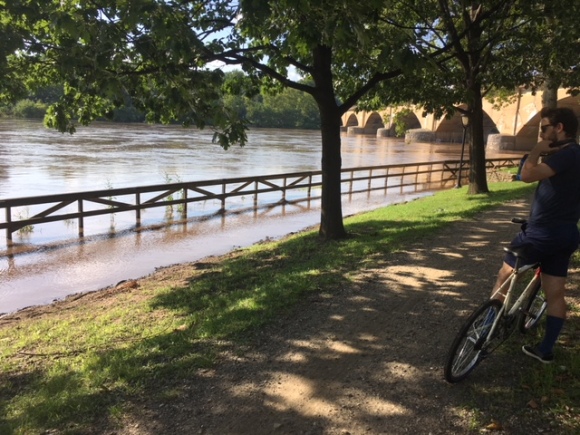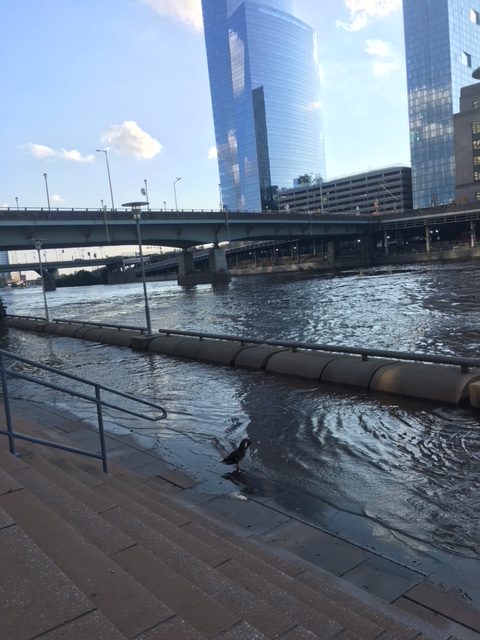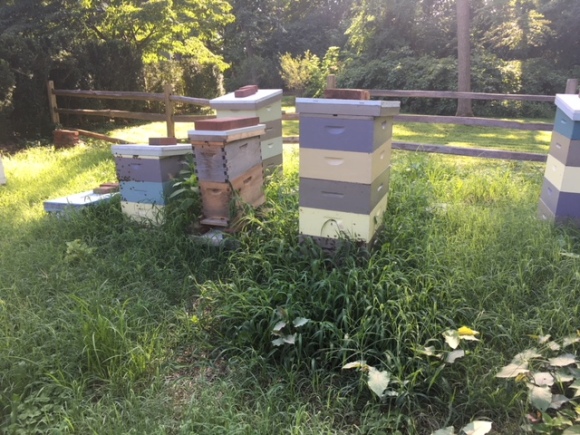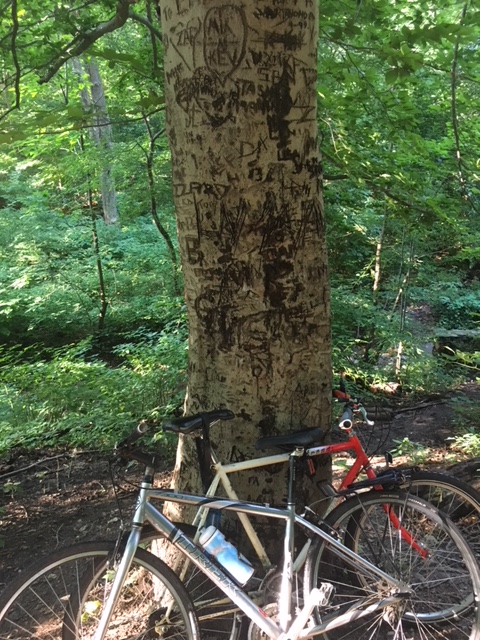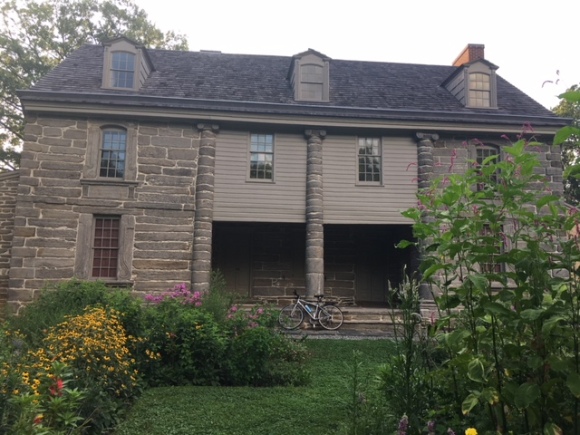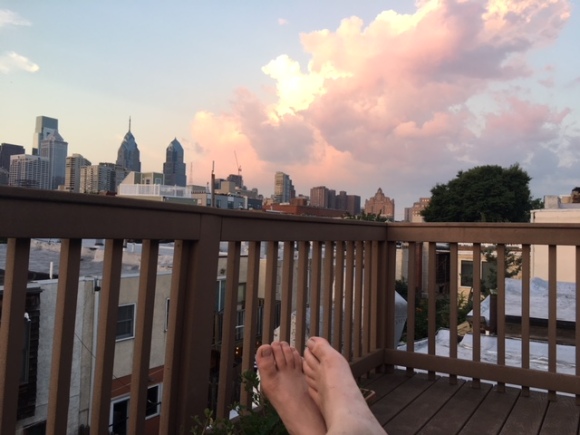Paula L. Ryan, 86, devoted and loving mother and grandmother, died in Hinsdale, NH on Tuesday, August 14, 2018. Paula had deep roots in New England; she was born in New Bedford, Massachusetts on December 14, 1931 and had the lovely, lilting accent–particular vowels and dropped “r”s–to prove it. It was there, in third grade, where she met her life-long, best friend Norma Judson, whom she will join, along with her son, Paul, and her third, “best-for-last” husband, James “Jim” Francis Ryan, in the next life, beyond all suffering.
Paula was an intrepid and adventurous traveler throughout her life. When her children were young she frequenty packed them into her yellow VW bug for cross-country skiing adventures at Trapp Family Lodge in Stowe, VT and spent summer weeks on a Mennonite dairy farm in Lancaster, PA. She loved the outdoors. She had an uncanny sense of direction, whether in towns or in the woods. She loved folk music and bluegrass festivals, craft fairs and outdoor art shows. In later life she took solo bus trips, traveling as far north as Cochrane, Ontario to see polar bears and as far south as Knoxville, TN to visit Dollywood. She loved it all. She particularly enjoyed, and made frequent trips to, the quaint streets of the Old City in Quebec, where her forebears, master carpenters, were among the first wave of French colonists in the mid- seventeenth century.
Paula and Jim settled in Brookline, VT in 1981 when Jim retired from Shell Oil. Jim built the house and Paula built the magnificent garden of perennials and cultivated wild flowers. They kept bees, geese and an assortment of beloved dogs and cats. As Jim’s Parkinson’s and dementia made it more challenging to live far up a long dirt road on the side of a hill, Jim settled into a care facility in Brattleboro and Paula moved to the city to be closer to him. Then, at 85 years old, the intrepid traveler crossed the Connecticut River for sunny, “single-floor living” in Hinsdale, NH and, with remarkable resolve, established a new home for herself where she lived independently with her dog, Pumpkin, and cat, Cinders.
She died at home, comfortable and content, under the watchful care of her devoted daughter, Sarah, surrounded by her pets, art, travel momentos, local crafts, plants and the found objects from the natural world that fllled her spirit. She will be sorely missed as the keeper of family history, memory and lore, and for her unshakeable, unconditional love of her daugther and grandchildren. She loved deeply. Paula’s passion for travelling, her love of New England’s woods and coast, and her delight in plants and animals live on in her children and grandchildren.
She is survived by her daughter, Sarah Gant of Chestnut Hill, MA;, and her grandchildren, Sam Gant and Sophia Gant, both of Philadelphia, PA. She is pre-deceased by three husbands; her son, Paul Brickman; and best friend Norma Judson.
http://phaneuf.tributes.com/obituary/read/Paula-L.-Ryan-106345440

